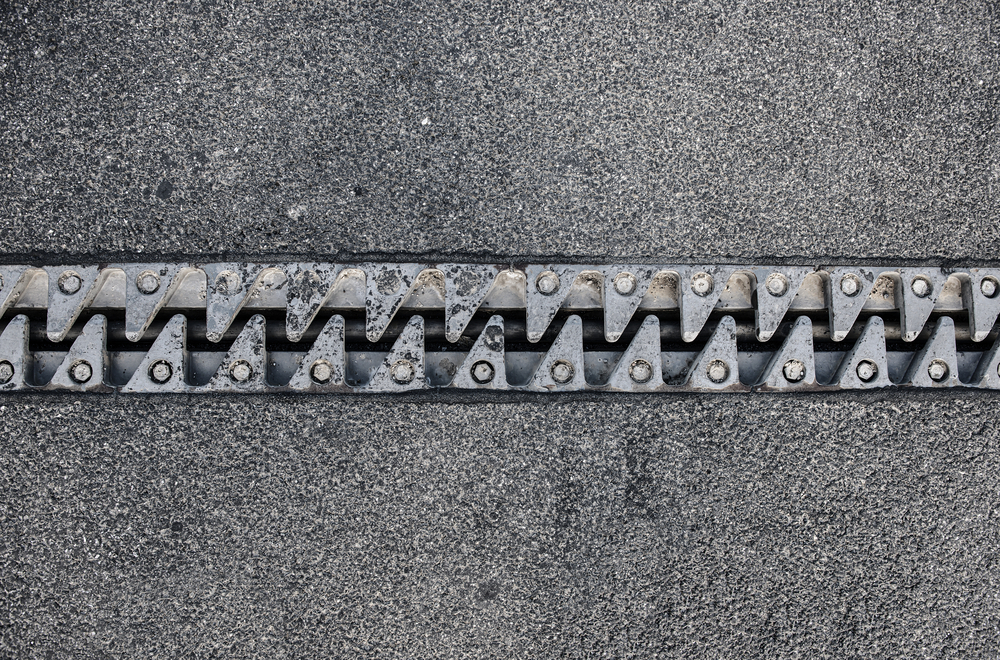Bridges, the lifelines of our transportation network, endure various stresses, including temperature changes, seismic activity, and traffic loads. To enhance the longevity and structural integrity of bridges, the installation of rubber expansion joints is paramount. In this comprehensive guide, we will delve into the importance of rubber expansion joints for bridges and provide a detailed, step-by-step approach to their installation. As a leader in rubber product manufacturing, Polycrafts Pvt Ltd understands the critical role of these joints in ensuring the durability and safety of bridge structures.
Understanding Rubber Expansion Joints:
Rubber expansion joints serve as critical components in bridge construction, designed to absorb movement and provide flexibility. As bridges face dynamic loads, temperature variations, and seismic forces, expansion joints play a crucial role in preventing structural damage. These joints facilitate smooth transitions, ensuring the integrity of the bridge by accommodating expansion and contraction due to environmental factors, thereby enhancing overall durability and safety.
Key Functions of Rubber Expansion Joints:
1. Absorbing Thermal Expansion:
One of the primary functions of rubber expansion joints is to accommodate thermal expansion and contraction. This prevents structural damage caused by temperature fluctuations, especially crucial in regions with diverse climates. By providing flexibility, these joints ensure the integrity of structures, enhancing their resilience and longevity against the challenges posed by varying environmental conditions and temperature changes.
2. Facilitating Movement:
Bridges experience various movements, such as expansion, contraction, and lateral shifting due to factors like traffic loads and seismic events. Rubber expansion joints allow controlled movement, reducing stress on the bridge structure and preventing potential damage. Their flexibility enhances the bridge’s capacity to adapt to dynamic conditions, ensuring longevity and structural integrity in the face of diverse environmental challenges and external forces.
3. Waterproofing and Sealant:
Rubber expansion joints act as effective seals, preventing water ingress and protecting bridge components from corrosion. This waterproofing feature enhances the overall durability of the bridge. By forming a resilient barrier against moisture, these joints contribute significantly to the longevity and structural integrity of the bridge, reducing the risk of deterioration and ensuring sustained performance over time.
4. Enhancing Safety:
Rubber expansion joints contribute to bridge safety by absorbing vibrations and distributing forces, thereby minimizing the impact of dynamic loads. This feature enhances the overall safety of the structure, ensuring a stable and secure passage for vehicles and pedestrians alike.
5. Seismic Resilience:
Rubber expansion joints enhance a bridge’s seismic resilience by absorbing and dissipating energy during seismic events, minimizing the risk of structural damage. This feature further reinforces the overall safety and stability of the bridge, ensuring its ability to withstand and recover from seismic forces, thereby protecting both infrastructure and public safety.
Installation Steps for Rubber Expansion Joints:
Step 1: Inspection and Preparation:
Before initiating the installation process, conduct a thorough inspection of the bridge structure. Ensure that the surfaces are clean, free from debris, and any existing joints are in good condition. Preparing the site involves removing any obstructions that may hinder the installation process.
Step 2: Selection of Rubber Expansion Joints:
Choosing the appropriate rubber expansion joints is crucial for the success of the installation. Factors such as the bridge’s design, load requirements, and anticipated movements should guide the selection process. Consulting with experts, like Polycrafts Pvt Ltd, a reputable rubber product manufacturer, can ensure the chosen joints align with the specific needs of the bridge.
Step 3: Measurement and Cutting:
Accurate measurements are fundamental for a precise fit of the rubber expansion joint. Measure the gap where the expansion joint will be installed and cut the rubber material accordingly. Precision in cutting ensures that the expansion joint can effectively accommodate movements without compromising its integrity.
Step 4: Surface Preparation:
Prepare the bridge surface by cleaning it thoroughly. Remove any rust, debris, or contaminants that could affect the adhesion of the rubber expansion joint. A clean and smooth surface is essential for a secure and long-lasting installation. Additionally, inspect the surface for any irregularities or imperfections, addressing them before installation to ensure optimal performance and durability over time. Proper surface preparation is fundamental to the overall effectiveness and longevity of the rubber expansion joint.
Step 5: Adhesive Application:
Apply a high-quality adhesive recommended for rubber-to-concrete bonding. Ensure an even distribution of the adhesive on both the bridge surface and the expansion joint. Following the manufacturer’s guidelines for the adhesive application process is crucial to achieving optimal bonding strength.
Step 6: Placement of Expansion Joint:
Carefully place the rubber expansion joint onto the adhesive-coated surface, ensuring it aligns with the measurements and the bridge’s movement requirements. Apply gentle pressure to secure proper adhesion and eliminate air pockets beneath the joint.
Step 7: Securing and Curing:
Secure the expansion joint in place using appropriate clamps or weights until the adhesive cures. Following the curing time recommended by the adhesive manufacturer is essential to achieve optimal bonding strength. This step ensures that the expansion joint is securely in place and ready to perform its intended functions effectively.
Polycrafts Pvt Ltd: Leaders in Rubber Products for Infrastructure
Polycrafts Pvt Ltd is a prominent rubber product manufacturer known for its commitment to providing high-quality solutions for various industries. With a specialization in rubber goods, including expansion joints, the company’s products are designed to meet the rigorous demands of infrastructure projects, ensuring longevity and safety.
Polycrafts Pvt Ltd’s commitment to infrastructure development extends beyond providing rubber products. The company’s dedication to quality and innovation contributes significantly to the durability and safety of bridges and other critical structures.
Wrapping Up Our Journey:
In conclusion, the installation of rubber expansion joints is a critical aspect of bridge construction and maintenance. Choosing the right materials and following a meticulous installation process are essential for ensuring the longevity and effectiveness of these components. Polycrafts Pvt Ltd stands as a reliable partner, offering top-notch rubber products, including expansion joints, to contribute to the durability and safety of infrastructure projects. Investing in quality, following best practices, and ensuring the seamless function of rubber expansion joints are essential steps in building a safer and more resilient bridge structure.
Visit here for more informative blogs





